The OnePlus 6 Review: Among The Best Of 2018
by Andrei Frumusanu on July 27, 2018 8:30 AM EST- Posted in
- Mobile
- Smartphones
- OnePlus
- OnePlus 6
Camera - Architecture & UI
The OnePlus 6 offers a new Sony IMX519 sensor as the main rear camera shooter. It comes with a 16MP resolution with pictures coming out at 4608 x 3456 resolution. The sensor has a slight pixel size disadvantage compared to other 12MP 1.4µm main camera shooters as the 1/2.6” sensor results in 1.22µm pixels. The optics on the main sensor is an f/1.7 aperture lens with a 25mm equivalent focal length. The module also comes with OIS.
As mentioned in the introduction, the second camera of the OP6 is an oddity as its optics isn’t any different from the main shooter, it’s still an f/1.7 lens with the same viewing angle. The sensor here is a 20MP Sony sensor with 1µm pixel pitches. OnePlus uses this secondary sensor for depth information such as in portrait mode (even though the blurring is done computationally), and is said to use it in certain low-light conditions in coordination with pixel binning to 5MP and rescaling to result in better low-light photography. I’ve had a hard time trying to figure out exactly how the low-light functionality works and didn’t really see much effect in my testing, and there’s been seemingly a large consensus among the community and reviewers that OnePlus should just have went with a telephoto module here as the current use of the second sensor seems like a bit of a waste given the limited use-cases.
Interface-wise the camera app was a joy to use and OnePlus used the KISS principle (Keep it simple, stupid) with only providing the most essential interface elements and shooting modes. Over the last year or two we’ve seen some vendors go down the rabbit hole of offering added shooting modes over shooting modes, which in effect vastly decreased the shooting experience as in many cases you’re not actually sure which mode will result in the best quality result. The OnePlus 6 on the other hand is very straightforward as the default mode it comes in is essentially what you’ll use all the time.
Alongside the auto mode, there’s quick swipe actions to video and portrait mode, and the rest of the basic functions such as slow motion, time-lapse, pro-mode, panorama and the new integrated Google Lens mode are also very quickly accessible.
One thing I was actually surprised to see is that the camera doesn’t offer any resolution choice other than a quick switch between 4:3, 19:9 and 1:1 aspect ratios. Again I think this is positive as effective there shouldn’t really be any reason why you’d want to capture in a resolution less than the full sensor width/height.
Camera - Daylight Evaluation

[ OnePlus 6 ]
[ G7 ] - [ G6 ] - [ V30 ]
[ Mi MIX 2S ] - [ Pixel 2 XL ] - [ Mate 10 ] - [ P20 ]
[ P20 Pro ] - [ S8 ] - [ S9+ ] - [ iPhone X ]
In this first scene we see the OnePlus 6 really take advantage of the 16MP increased resolution as it’s able to maintain an excellent amount of detail, closely battling with the Galaxy S9 in terms of actual effective spatial resolution, and obviously the P20 Pro’s 40MP shots just have brute force things in terms of detail.
In terms of exposure, the OP6 performed among the best as in my view it had one of the best retentions of highlights and dynamic range. Overall the processing here is extremely similar to the MIX 2S; I wouldn’t be surprised if this is generally some kind of common behaviour of the Snapdragon 845 ISP.
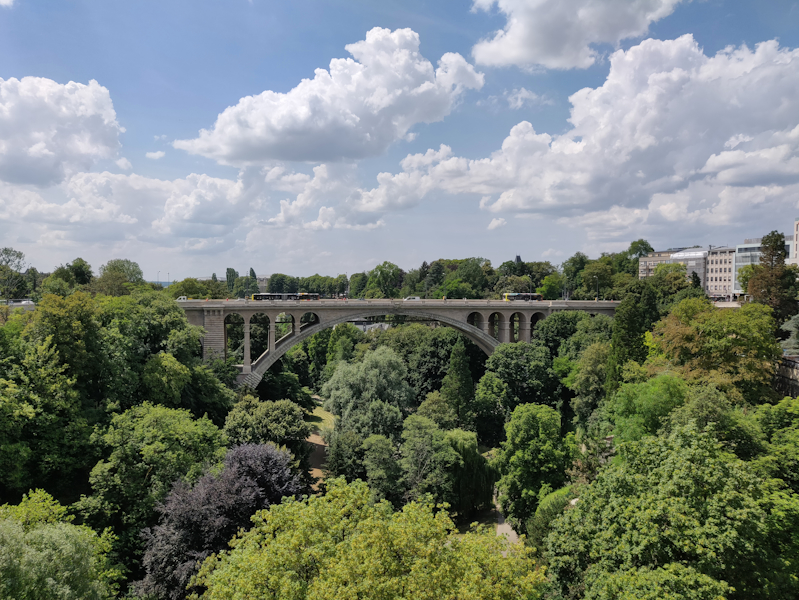
[ OnePlus 6 ]
[ G7 ] - [ G6 ] - [ V30 ]
[ Mi MIX 2S ] - [ Pixel 2 XL ] - [ Mate 10 ] - [ P20 ]
[ P20 Pro ] - [ S8 ] - [ S9+ ]
[ iPhone X ]
The next bridge scene again fares extremely well for the OnePlus 6 – the exposure is able to retain the sufficient highlights in the sunlit foliage and clouds and is able to beat a lot of phones, bar the LG V30 and P20Pro. Only the latter in its sensor pixel binning mode is able to achieve sufficient native high dynamic range.
Detail wise again the OP6 is pulling punches with the S9 and personally I would prefer the OP6’s results here as it’s able to perform better on the foliage detail due to its increased resolution.
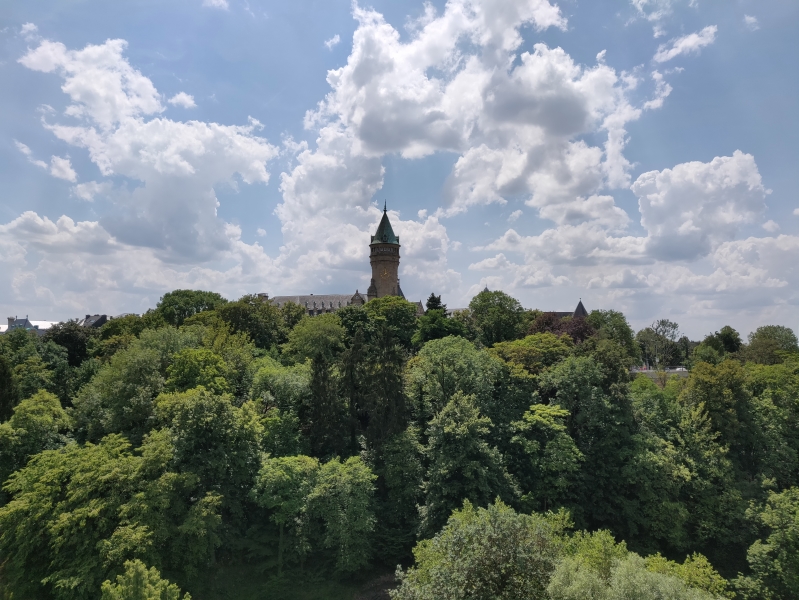
[ OnePlus 6 ]
[ G7 ] - [ G6 ] - [ V30 ]
[ Mi MIX 2S ] - [ Pixel 2 XL ] - [ Mate 10 ]
[ P20 ] - [ P20 Pro ]
[ S9+ ] - [ iPhone X ]
The next shot we come to a similar conclusion as the OnePlus 6 manages one of the best overall results compromising between maintaining sufficient dynamic range in the shot and not flattening out the highlights of the bottom half of the scene as much as other phones.
Detail wise again it’s a close battle between the S9 and the OP6. The S9 preserves a tad more shadow detail in some areas as it’s HDR is able to bring them out a bit more, but again this also causes the highlights to disappear. Sharpness wise I think the OP6 does the best job on the wide shot – this scene in particular would have really benefitted from a telephoto lens for the OP6.
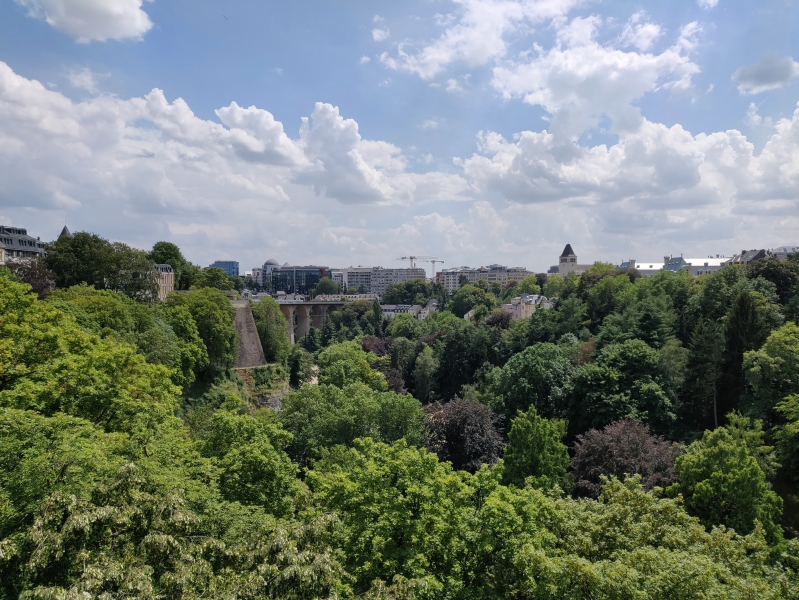
[ OnePlus 6 ]
[ G7 ] - [ G6 ] - [ V30 ]
[ Mi MIX 2S ] - [ Pixel 2 XL ] - [ Mate 10 ]
[ P20 ] - [ P20 Pro ]
[ S8 ] - [ S9+ ] - [ iPhone X ]
The final scene of this type is a repeat story of the previous two – the OP6 is among the best in managing to preserve the dynamic range throughout the whole scene as other devices’ HDR processing really flatten out the image on the bottom half in favour of the sky, the iPhone X and the LG V30 are the two other phones who do the best here but I favour the OP6’s and V30’s colour renditions.
Detail wise the OP6 wins again over the competition, albeit it looks like the S9 has less issue with chromatic aberration that can be seen in some parts of the OnePlus shot. The P20Pro’s 40MP mode in this shot resulted in a mess so wasn’t of consideration.
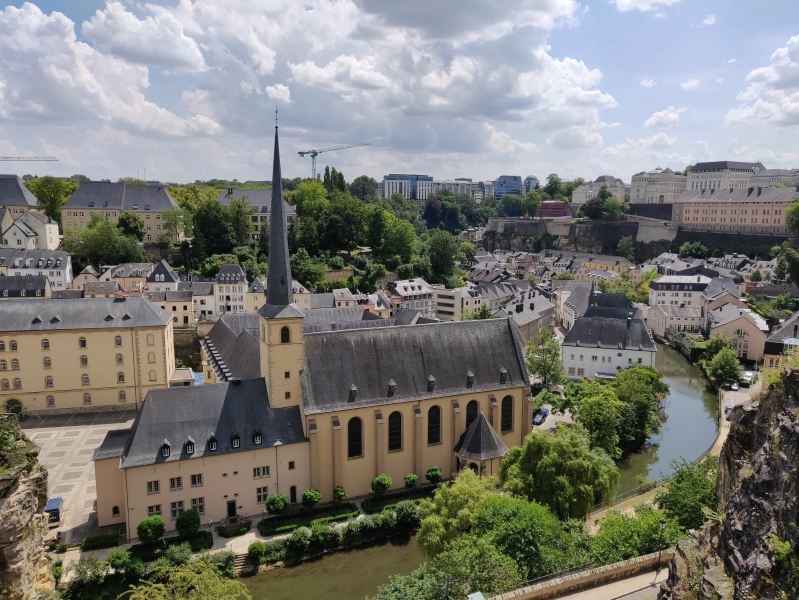
[ OnePlus 6 ]
[ G7 ] - [ G6 ]
[ V30 ] - [ Mi MIX 2S ] - [ Pixel 2 XL ]
[ Mate 10 ] - [ P20 ] - [ P20 Pro ] - [ S8 ] - [ S9+ ] - [ iPhone X ]
The OP6 in the abbey shot is again really good as it’s able to produce a well-balanced exposure retaining high dynamic range throughout the shot. The MIX 2S in the second sample is actually seemingly again the nearest in terms of processing, but the OP6 went for a longer exposure and results in just a brighter picture which I think is better.
Detail wise, the V30 and S9 are the closest competitors to the OP6. The V30 has a narrower field of view and this results in an advantage in terms of spatial resolution versus the OP6.
In the OP6 shot again at 3/4ths of the screen we can see chromatic aberration most likely caused by defects in one of the lenses, this seems to be localised to the right side of the screen as the left side look to suffer from such visible effect.
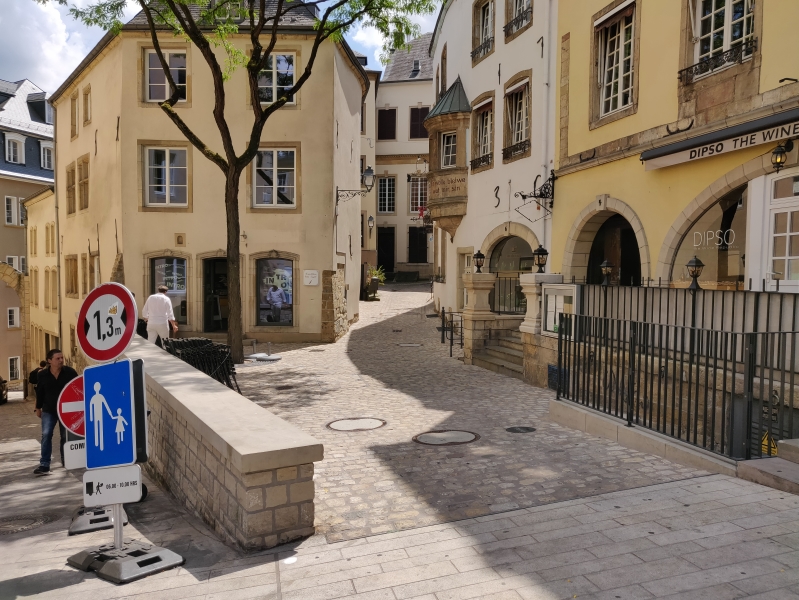
[ OnePlus 6 ]
[ G7 ] - [ G6 ] - [ V30 ] - [ Mi MIX 2S ] - [ Pixel 2 XL ]
[ Mate 10 ] - [ P20 ] - [ P20 Pro ] - [ S8 ] - [ S9+ ] - [ iPhone X ]
In this shot again the OP6 is most closely matched up with the MIX 2S in terms of exposure and colour balance. Although the OP6 seems to have better resolution, the S9 brings out much better texture detail throughout the scene.

[ OnePlus 6 ]
[ G7 ] - [ G6 ] - [ V30 ]
[ Mi MIX 2S ] - [ Pixel 2 XL ] - [ Mate 10 ] - [ P20 ] - [ P20 Pro ]
[ S8 ] - [ S9+ ] - [ iPhone X ]
In the shop front shot with lots of detail and colours I think the OP6 I think misses it a bit in terms of colour temperature as it’s too warm, and it’s also flattening out the highlights a bit too much as it’s trying to bring out the shadows a lot more than other phones.
Detail wise, again in some parts of the scene the OP6 is the winner, however the large aperture lens doesn’t do it favour as we can see chromatic aberrations, most visible on the haze of the left most elephant as well as on the blurriness of the silver elephant in the shop window.

[ OnePlus 6 ]
[ G7 ] - [ G6 ] - [ V30 ] - [ Mi MIX 2S ] - [ Pixel 2 XL ]
[ Mate 10 ] - [ P20 ] - [ P20 Pro ] - [ S8 ] - [ S9+ ] - [ iPhone X ]
In the last shot I try to evaluate the colour reproduction and dynamic range one of the toughest scenarios for smartphones – getting the correct colour reproduction on flowers such as the imaged petunias. Some phones such as the iPhone X can come completely off-mark here and essentially every phone has its own interpretation. Wrong HDR processing here can really ruin the shot. Unfortunately the OnePlus 6, while doing well in terms of colour balance, fall prey to the processing as it flattens the highlights too much as it tries to bring out more shadows off-subject. The V30 and S9 have the best colour reproduction, but the S9 is a step ahead in terms of avoiding colour clipping as well as detail retention.
Overall the OnePlus 6 in daylight was an extremely good shooter competing for the top in terms of picture quality. I really enjoyed seeing it having a really good HDR implementation that didn’t flatten out much of the highlights in sunny conditions – something other smartphones have a tendency to do. Consistency of the OP6 has been also great in daylight, and I haven’t had really any bad shots with the phone.
In terms of detail, the OP6’s 16MP sensor can take the top spot in terms of details and in many scenes takes the top spot in terms of resulting spatial resolution, however its detail consistence across the scene isn’t equal because it seemingly suffers in sharpness due to its optics and imperfect lens that results in chromatic aberrations in distinct parts of the scene.
In normal daylight shots, the secondary camera seems to be essentially useless as I haven’t found any use-case for it yet. This could have been replaced with a telephoto lens in my opinion, but let’s first see the night time shots.



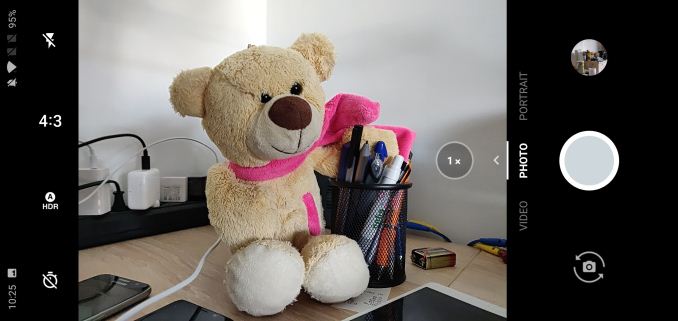

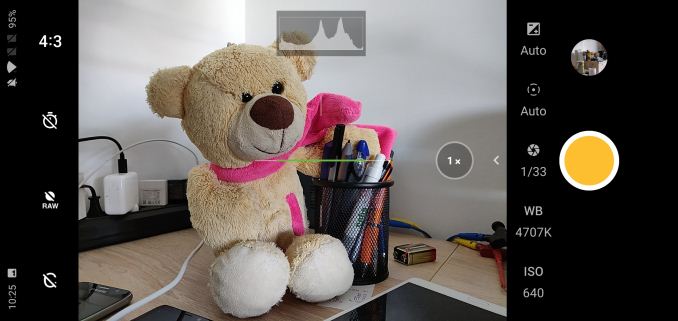








90 Comments
View All Comments
Icehawk - Saturday, July 28, 2018 - link
Ahhhhh. That’s why phones aren’t USB3, ok I always wondered why not but never actually researched why.jcc5169 - Friday, July 27, 2018 - link
Is One-Plus even available in the US market?PeachNCream - Friday, July 27, 2018 - link
That's a nice phone! I'd prefer the addition of a microSD slot by maybe adding the capability to one of the SIM slots (I've seen a few dual SIM phones offer up that option) since removable storage is nice to have if you're moving from one phone to another. In this case, there's the potential to lose quite a bit of data if the OP6 dies suddenly. The price increase for storage capacity is VERY reasonable as well. It's way outside of my price range for something I carry with me on a daily basis though. There's just too many day-to-day bumps and knocks around along with the risk of loss or theft that have me convinced that it's not worth the price of entry to get something above the bottom feeders like the $5.29 new Huawei I just picked up last week. Phones, in my mind, are disposable devices so low-cost is the way to go.eastcoast_pete - Friday, July 27, 2018 - link
Nice review, Andrei! Question: I may have overlooked it, but this phone is NOT water- or dust proof, at least as far as I can tell, correct? That is a major minus point for a flagship phone in my book, as it "breaks" the deal/compromise of sealed battery, but IP67 or 68 water and dust proofing. Hey, even Apple came around to that view eventually. Here, we get the worst of both worlds, no user-replaceable battery, no SD card slot, and no water and dust proofing.Different question @ Andrei: are all benchmark tests for phones conducted at about the same room temperature? I assume they are, but, if they are not, that would add a major variable. Heat dissipation is just so much easier when in a room at, let's say, 20 C, versus one at 30 C (and we are having hot summers this year). And, circling back to my comment about water proofing, I imagine it's harder for a fully sealed phone (like the majority of current flagship phones, i.e. S9, S9+, V30/35, Experia Z etc.) to dissipate heat than it is for phones that aren't fully sealed up. Any comments? Thanks!
Andrei Frumusanu - Friday, July 27, 2018 - link
It's not IP certified but as you may have read in some teardowns it does have many of the protections that are usually found in IP68 phones. I guess it could survive accidental water situations.The sustained are done in constant-ish (21+- 2°C) temperature, yes. I don't think IP proofing has any effect on thermals, the ingress points are irrelevant to temperature. Most phone's thermals are determined by the mid-frame build and how it's able to dissipate heat over its whole footprint to the screen and back.
128bit - Friday, July 27, 2018 - link
Never like chinese phones there phones looks good, but there quality overall not that good same like there cars and by the way this phone overheating.Dr. Swag - Friday, July 27, 2018 - link
Great article, but could you take care to proofread a bit better? There's tons of grammar mistakes (mostly missed commas) all over the place.Dr. Swag - Friday, July 27, 2018 - link
For the benchmarks, did you test for benchmark cheating at all?tsk2k - Friday, July 27, 2018 - link
Yes! Thank you so much Andrei and Anandtech, this is the only proper way to review a mobile phone.The web tests and frame drop testing is amazing, finally a way to quantify what I've been saying for years.
shoreview - Friday, July 27, 2018 - link
Too bad that they refuse to put Verizon Band 13 LTE in there. It's pointless crippling of the phone. Like the missing ex-Nextel CDMA band that Sprint uses.Any insight on why this is? Did Verizon and Sprint actively intervene to keep OnePlus off their networks? In any case I've been on Android from the start but the support situation and security update situation are leading me to look more and more at iPhone. Which won't come easy; the USB lockdown on iOS and certain aspects of the OS are annoying to say the least. But this was one of my last hopes for replacing my Verizon-supplied Note 4 with another Android and it has been dashed. Getting a non-carrier-branded Samsung is a non-starter until they start taking long-term security support seriously; even Google Pixel is short of Apple standards by a year or two.